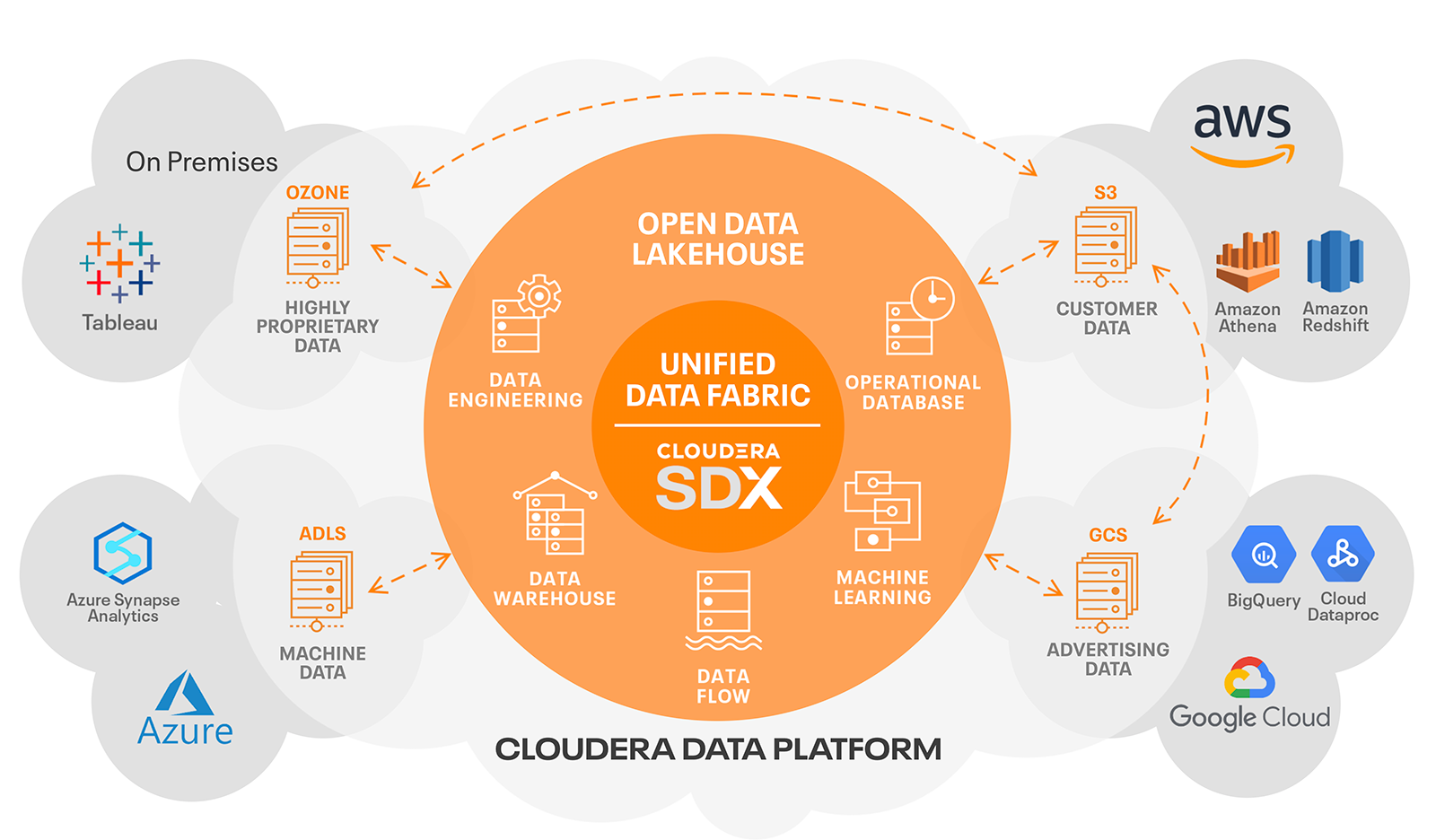Capitalize on the value of all your data
We help businesses manage and analyze data of all types—machine data, structured data, transactional data, and unstructured data—with data anywhere. In clouds like AWS, Azure, and GCP. In on-premises data centers. And at the edge where machine data originates.
We deliver cloud-native data analytics for data distribution, data engineering, data warehousing, transactional data, data science, and machine learning that are portable across infrastructures. We enable you to bring the right analytics to the right cloud at the right time.
Just imagine the possibilities.
Hybrid cloud adoption: A growing enterprise priority
A singular focus on cloud overlooks the vast amount of enterprise data residing on premises. Organizations are realizing the value of a hybrid data platform that runs anywhere, enabling them to put all their data to work and make better decisions faster.
67%
of enterprise workloads run on public and private cloud implementations
Source: IDC, Cloud Growth, Migration, and Repatriation Continue to Gain Momentum, March 2020, US46119020
57%
of enterprises are on board with hybrid IT environments that leverage both on-premises resources and public cloud in an integrated fashion
Source: 451 Research (part of S&P Global Market Intelligence), Cloud Price Index, Jan 2021
82%
of enterprises report taking a hybrid cloud approach, combining the use of both public and private clouds
Source: Flexera, State of the Cloud Report, 2021
Modern data architectures shoulder the complexity, so IT doesn't have to
Organizations have been increasingly challenged to access, use, and create value from hybrid data due to its complexity. That is, until modern data architectures entered the picture.
Unified data fabric
Stay in control without hampering the speed of implementation thanks to consistent security and governance:
Orchestrating all your disparate data sources intelligently and securely in a self-service manner
Creating a unified, trusted, and comprehensive view of all your data
- Providing a single view across multiple clouds and on premises
Open data lakehouse
Use all your data to overcome critical business challenges by:
- Pre-integrating it for advanced analytics use cases
- Enabling multi-function analytics on streaming and stored data in a cloud-native object store across clouds and on premises
- Providing easy access to users with their analytic tool of choice thanks to the openness of Apache Iceberg
Scalable Data Mesh
Empower next-generation data applications more quickly, more easily, and more cost-effectively by:
- Deploying familiar and common self-service data services for the complete lifecycle to each domain
- Giving individual users and teams the ability to own and serve up their own data products
- Providing consistent security and governance both within and across domains to deliver global governance and open standards
10 essential elements of a hybrid data platform

GigaOm Radar for Data Lakes & Lakehouses
Cloudera named 2023 market leader for data lakehouses.

Cloudera Data Platform: Making hybrid data strategy a reality
Delivering on the hybrid data platform promise of modern data architectures with data anywhere
Cloudera Data Platform (CDP) is a unified platform with portable, interoperable data analytics for the full data lifecycle and distributed data management running on public clouds, on premises, and at the edge.
CDP's common security, governance, metadata, replication, and automation provided by Cloudera SDX enable CDP to operate as an integrated system.
CDP also embodies a hybrid data platform's write-once, read anywhere capabilities, making data application development faster, easier, and more cost-effective.



